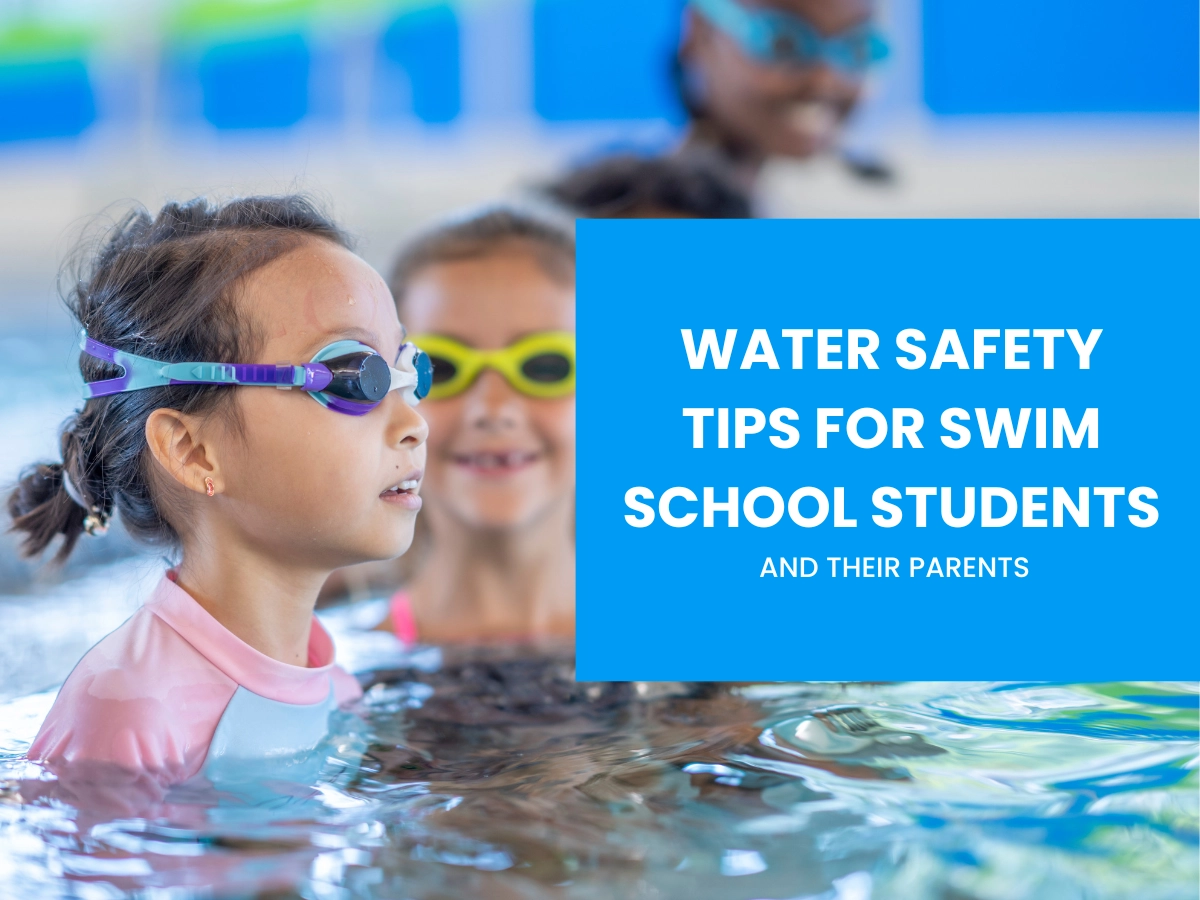Anywhere there’s water, there’s a risk. Water is fun, and it can even be beautiful, but it can also be dangerous – especially for kids.
With summer coming to an end and school beginning, it’s important to continue the conversation surrounding water safety with kids year-round. So if you’re looking to continue the conversation about water safety with your swim students or parents, read on for some excellent tips.
Share Important Data with Your Swim Parents
A great way to start the conversation of swim safety is sharing informative data with the parents of your swim students. You can do this via emails, newsletters, handouts, social media, and more. It’s important for parents to have the information and resources on swim safety prior to their child’s first class.
Organizations like the Hope Floats Foundation and Red Cross have wonderful resources and insightful data to share with your audience on social media. We can’t recommend sharing this content enough, as it helps shed light on the importance of frequent water safety discussions with children, regardless of the time of year.
If you’re looking for content to share in an upcoming e-newsletter, here are some of our favorites:
The Importance of Swimming to Olympic Gold Medalist, Cullen Jones
4 Benefits of Enrolling Your Child in Swim Classes
Given your profession, you’re very aware that it’s crucial for every parent to talk with their kids about water safety. It’s always worth reminding the parents of your swim school that children are curious by nature, but if they know about the dangers of water and what they should do to stay safe around it, they’ll be better equipped to protect themselves during swim classes or any body of water.
Conversations Should Start at Home
It’s best to encourage the families at your swim school to talk to their kids about water safety before they take their first trip to the pool. Parents can show them videos of people playing in pools and start a discussion that way.
Do you have pool deck rules that are unique to your swim school? Share them with your customers. Display them proudly at your location. Then, encourage parents to have a conversation about your rules before each class to help keep water safety top of mind all year long.
The Top Water Safety Rules for Kids
When it comes to water safety rules at your swim school, you’ve got them down pat. Can you say the same about your customers? Do you know if they have their own set of water safety rules when they aren’t at your swim school?
Chances are parents may need help establishing their own set of safety rules. That’s where you come in! Whether you post a monthly safety tip as a notification in your swim school’s Parent Portal or include a safety spotlight in your monthly newsletter, you can never remind parents too many times of the following water safety rules:
- Ask permission before going in or near a pool or any body of water
- Warm-up and stretch before getting in the water
- Always walk around water – don’t run
- Wear a life jacket and make sure it’s fitted properly
- Adults always need to be present before swimming can take place
Remember, the important thing to express to parents when helping them create their own set of water safety rules is to keep them short and easy to understand. That way, younger children can retain and recall them whenever they are in the presence of water.
The Top Pool and Water Safety Tips for Parents
When it comes to your parents, it’s easy for them to forget to practice what they preach. If you want your students to take your water safety rules seriously, you want to suggest that parents set an example. Here are some top rules for parents to remember about practicing water safety with their kids:
- Practice safety around the pool and make it fun
- Start swimming lessons early
- Supervision is critical
- Put a fence up around their pool if you have one at home
- Have a set of rules in place for children to follow
Start Swim Lessons Early
The sooner children get acquainted with the water, the better. Industry data indicates that enrollment in extracurricular activities for preschool-aged children is on the rise. Take the time to reach out to leads in your database, local childcare facilities and share information on local parent Facebook groups. Not only does this promote your business, but encourages parents to focus on swim safety early.
Continue the Conversation
One of the most important things is to continue discussing water safety with your swim students and parents regardless of their ages or swim levels. As kids get older, continue to discuss water safety rules and risks with them in an age-appropriate way. The best way to have fun in the water is to make sure that everyone knows how to stay safe.
Get more swim school content delivered to your inbox. Sign up for the Jackrabbit Class Newsletter today!














